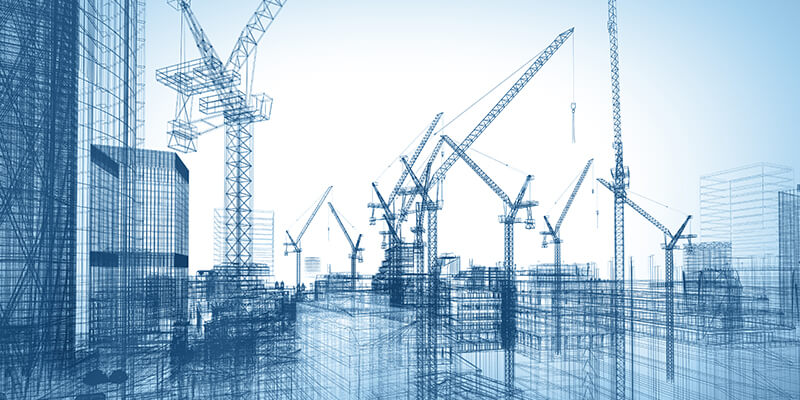Innovations Shaping the Future of Manufacturing Construction

By Brian Gallagher | September 30, 2025
In today’s competitive manufacturing landscape, speed, efficiency and sustainability are driving major shifts in how facilities are designed and built. From off-site prefabrication to digital integration and artificial intelligence-driven decision-making, advanced construction strategies are redefining project delivery. These innovations not only streamline timelines but also enhance quality, cost control and long-term operational performance.
Modular Construction and Prefabrication: Enhancing Speed and Quality
Manufacturing projects are increasingly relying on off-site prefabrication to reduce construction timelines and minimize on-site disruptions. Prefabrication and modular construction allow for consistent quality control in a controlled environment, reduce material waste and shorten project schedules. By shifting significant portions of the building process off-site, manufacturers can improve efficiency while maintaining high construction standards. Prefabrication also enables greater flexibility in scaling production facilities, reducing material costs and optimizing labor resources.
Digital Integration: Leveraging Technology for Precision
The adoption of digital tools is transforming manufacturing construction. Building Information Modeling (BIM), augmented reality (AR) and AI-driven project management systems enhance design accuracy, coordination and risk mitigation. Digital twins – virtual models of physical spaces – are revolutionizing facility planning, enabling manufacturers to optimize operational layouts before construction begins. These innovations improve efficiency, reduce errors and ensure seamless coordination between all project stakeholders.
AI-powered site selection tools analyze vast datasets, including geographic, economic and infrastructure factors, to identify optimal locations for manufacturing facilities. These tools assess zoning regulations, transportation accessibility, labor market availability and environmental considerations, helping real estate executives make data-driven decisions that maximize site potential and minimize risk.
During the planning and design phase, AI applications generate predictive models that refine facility layouts, optimize material usage and enhance energy efficiency. AI-driven design tools can evaluate different configurations, anticipate bottlenecks and suggest modifications to improve functionality and sustainability.
In construction management, AI-powered scheduling platforms enhance safety, workforce allocation, monitor real-time project performance and predict potential delays. Automated tracking systems use machine learning to analyze project timelines, flag risks and recommend adjustments that ensure projects stay on track. AI-driven safety monitoring systems further enhance worker protection by identifying potential hazards before incidents occur.
View archived blog posts at: http://naiopcharlotte.wordpress.com
